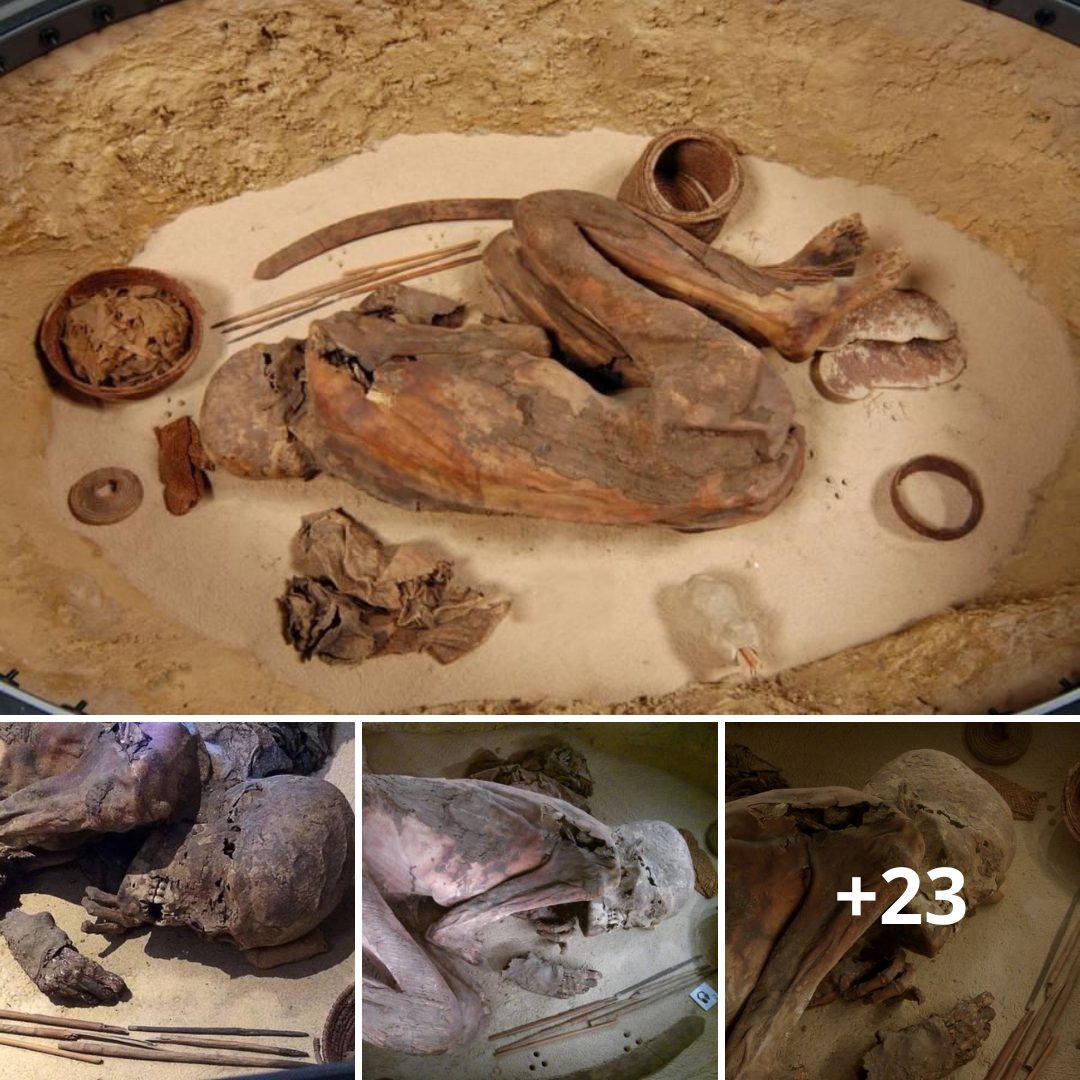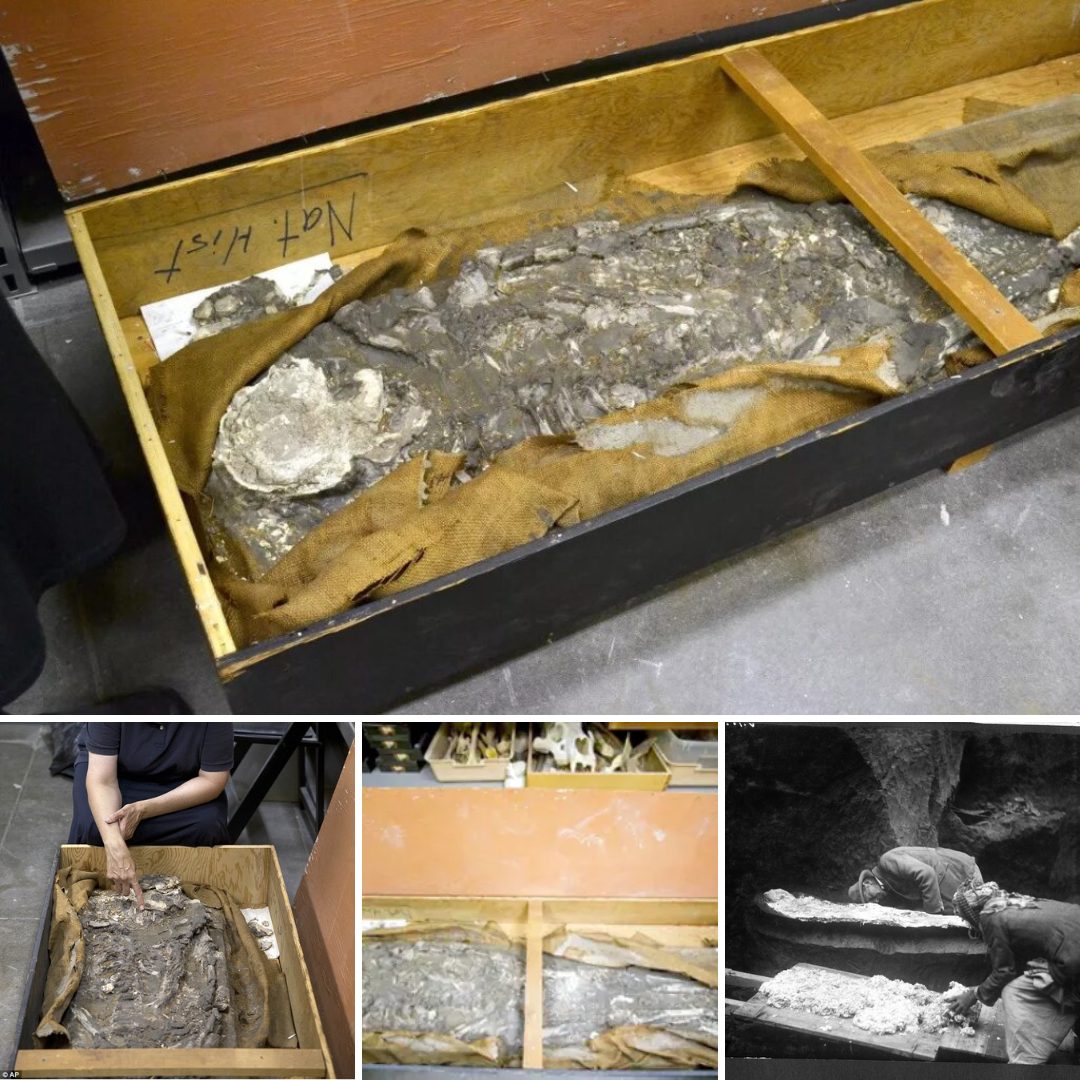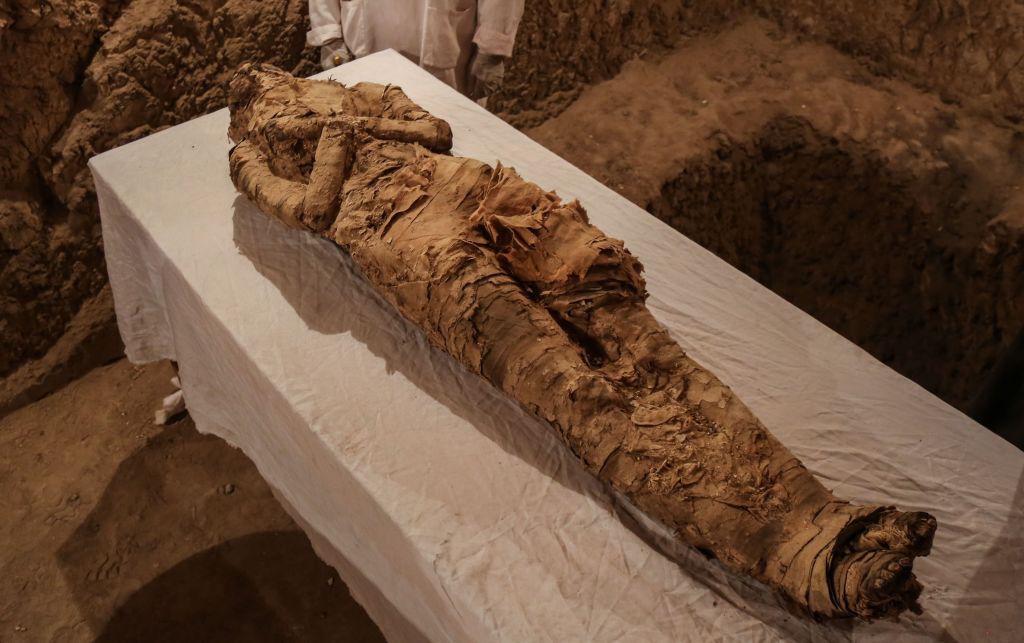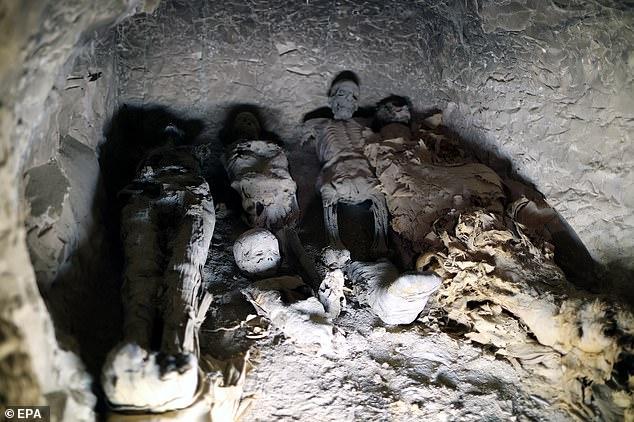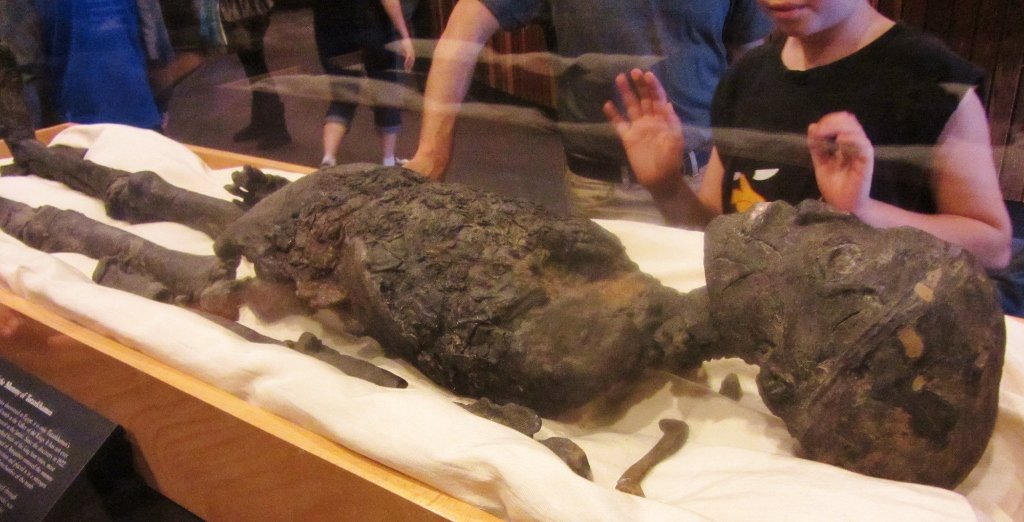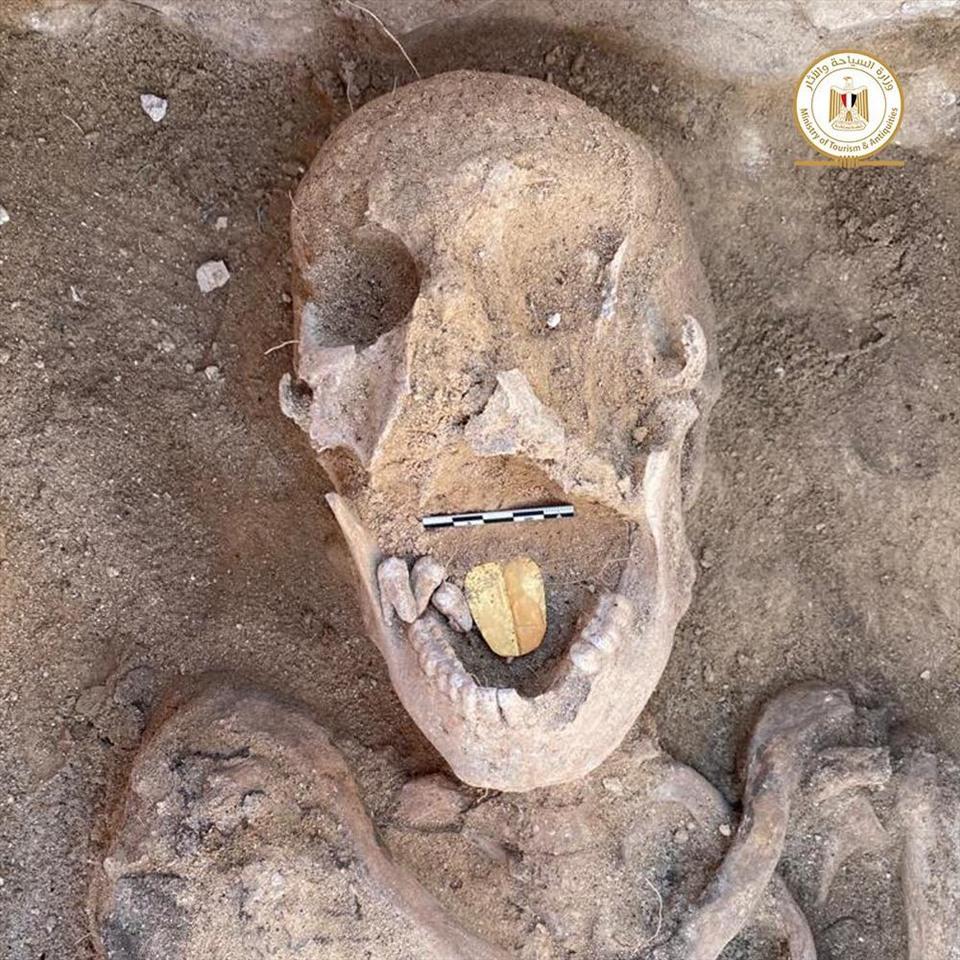Emerging from the depths of a Danish bog, the Tollund Man stands as a chilling yet captivating relic of a bygone era. His perfectly preserved body, discovered in 1950, has provided scientists with a unique window into the lives and rituals of the Iron Age. The remarkable state of his preservation has allowed researchers to glean insights into his diet, health, and even the cause of his death, offering a glimpse into the enigmatic world of his time.
Found in the peat bogs of Bjældskovdal, Denmark, the Tollund Man’s body bears the marks of a violent end. He was strangled and hanged, a victim of a ritual sacrifice that remains shrouded in mystery. His body, submerged in the acidic waters of the bog, was subjected to a natural process of preservation that halted the decay process, leaving him remarkably intact.
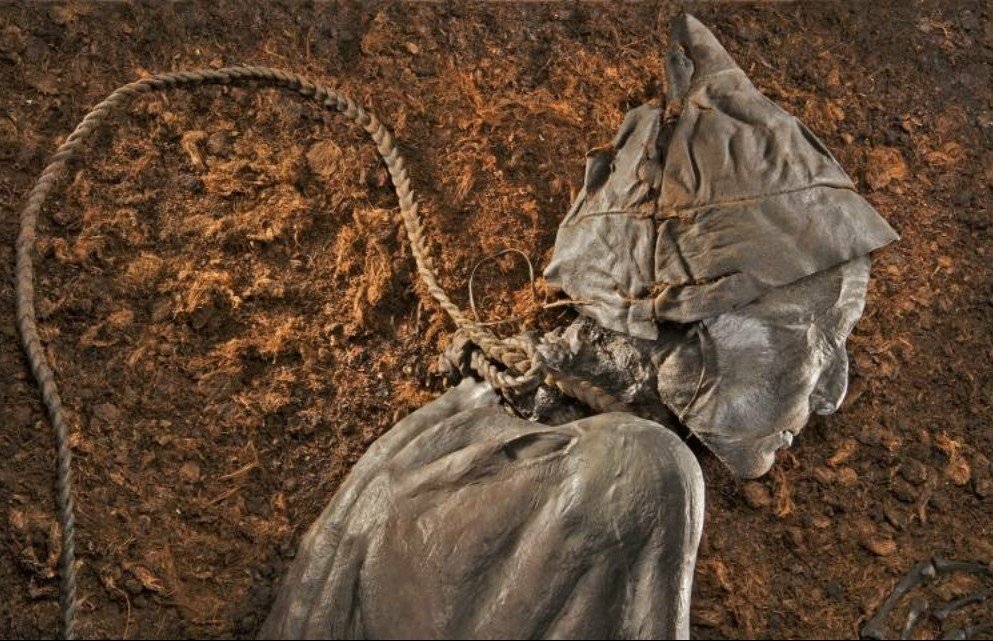
The Tollund Man’s well-preserved state has enabled scientists to conduct detailed examinations of his body. His fingerprints, still visible after 2,400 years, provide a tangible link to his past. Analysis of his stomach contents revealed his last meal, a hearty mix of porridge, seeds, and berries, suggesting a diet typical of his time.
The Tollund Man’s death, believed to have occurred between 405 and 380 BC, coincides with the Iron Age in Northern Europe. This period was marked by significant cultural and societal changes, including the adoption of ironworking and the emergence of a more complex social hierarchy. The Tollund Man’s sacrifice, though tragic, reflects the deep-rooted beliefs and practices of his time, hinting at a society grappling with the forces of nature and seeking divine intervention to ensure their survival.
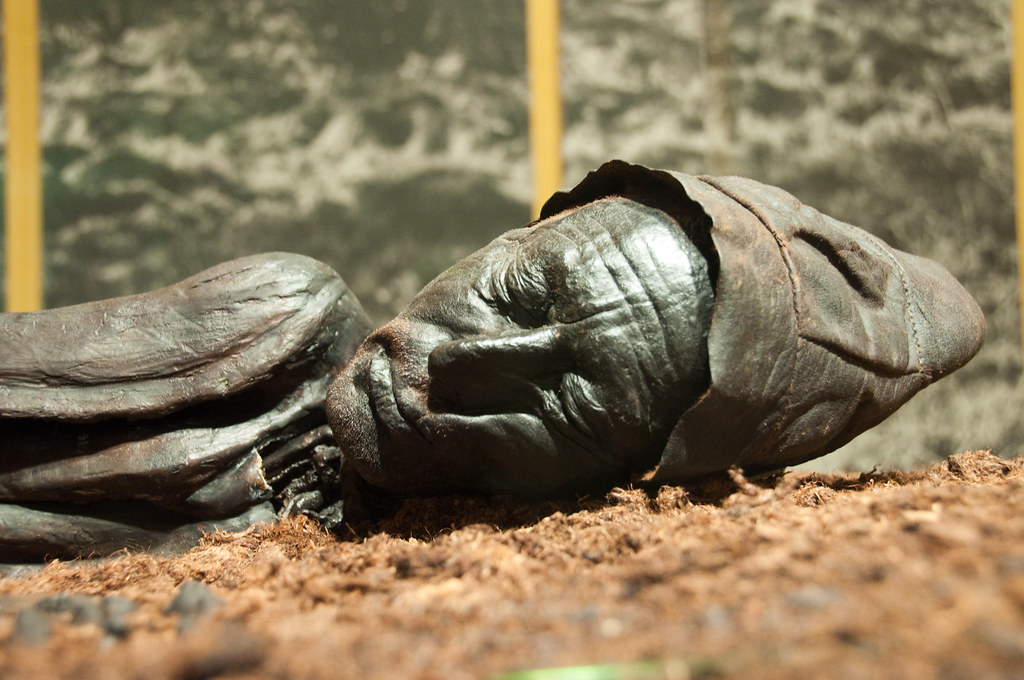
The Tollund Man’s discovery has sparked numerous theories about the motives behind his sacrifice. Some suggest he was a chosen victim, offered to appease the gods and ensure a bountiful harvest. Others believe he may have been a criminal or a social outcast, punished for transgressions against the community. The exact reasons remain unclear, but the Tollund Man’s story serves as a poignant reminder of the human sacrifices that were once an integral part of many cultures.
The Tollund Man’s legacy extends beyond the realm of scientific inquiry. His image, with his serene expression and closed eyes, has become a powerful symbol of the Iron Age, evoking a sense of mystery and the enduring nature of human existence. His story has captivated the imaginations of writers, artists, and filmmakers, inspiring works of fiction that explore the enigmatic circumstances of his death and the broader context of his time.
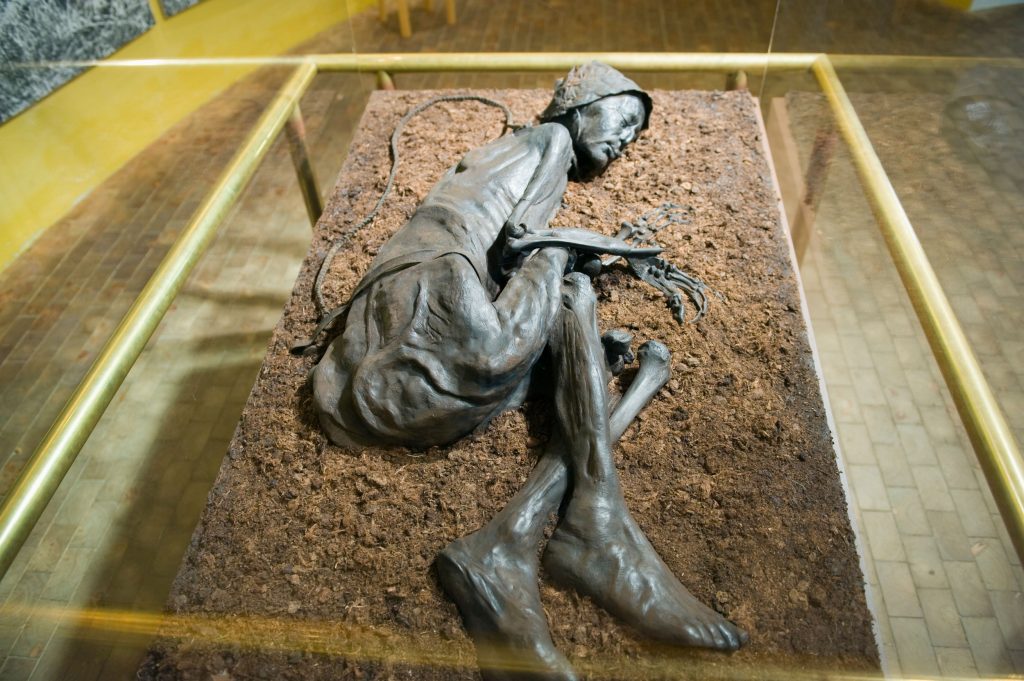
The Tollund Man’s discovery has undoubtedly enriched our understanding of the Iron Age and the human condition. His preserved body, a testament to the bog’s unique preservation properties, has provided invaluable insights into the lives, rituals, and beliefs of a distant era. His story continues to captivate and intrigue, serving as a reminder of the enduring power of the past and the fragility of human life.
